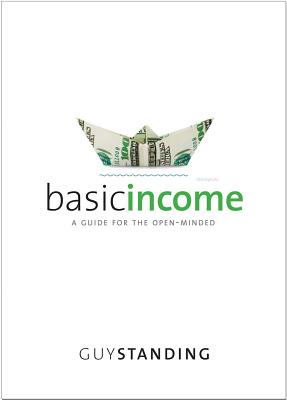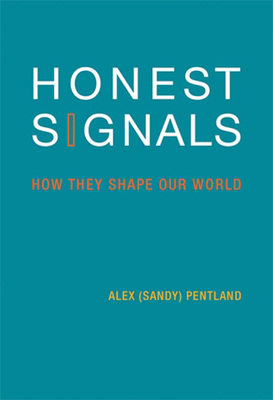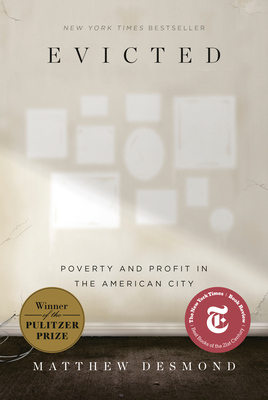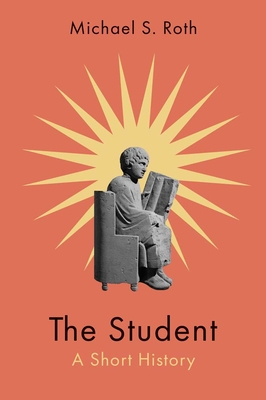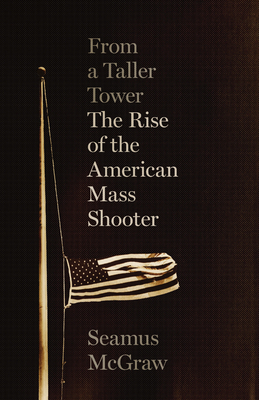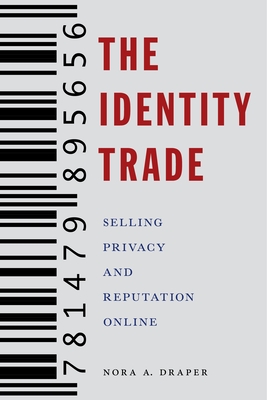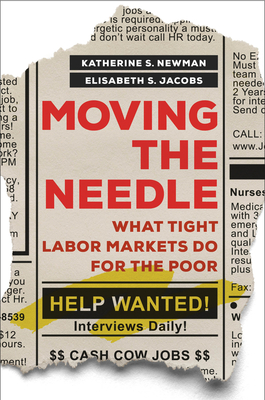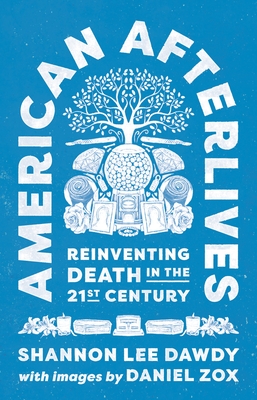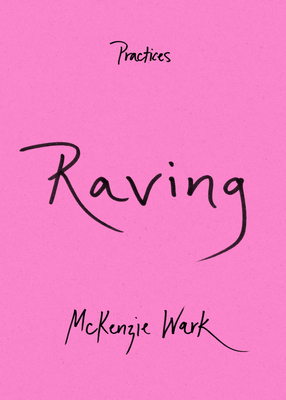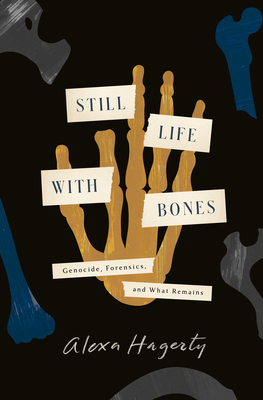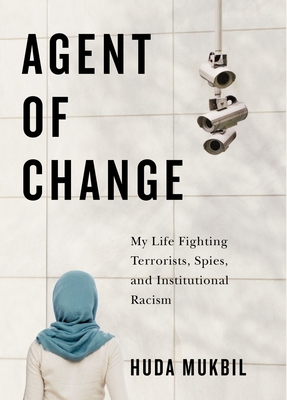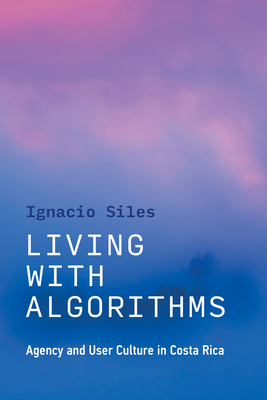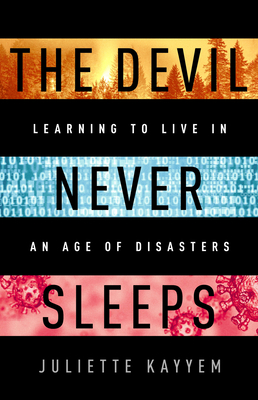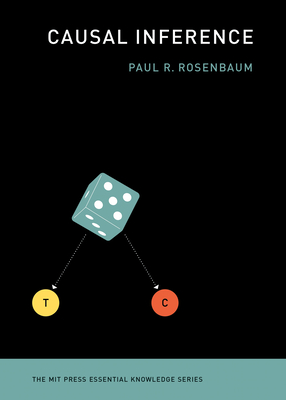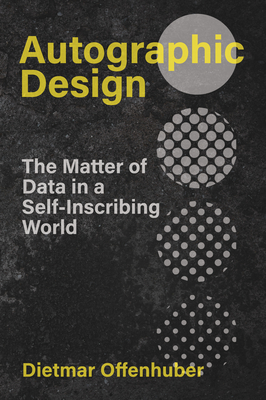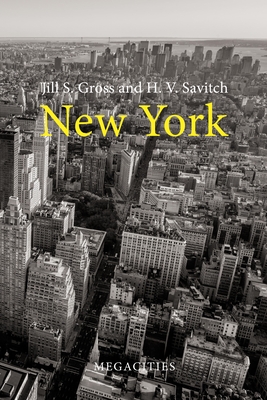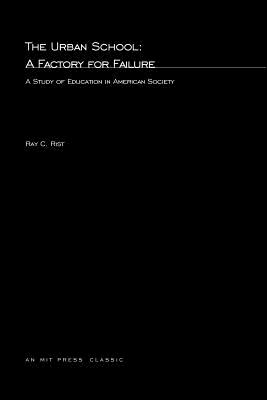
The Urban School: A Factory for Failure (MIT Press Classics)
Description
Ray Rist uses his skills as a participant-observer in the classroom to make us understand the first few years of school experience of one group of children.
One of the traditional sources of American pride has always been the upward mobility afforded its citizens through mass public education. Regardless of income, race, or background, all children are supposedly given an equal opportunity to learn and thereby advance into a share of the good life. In this longitudinal study of a group of black children attending a de facto segregated urban school, Ray C. Rist demonstrates that this cherished belief is unfortunately another myth that desperately needs to be reevaluated.
The study on which the report is based was conducted over a three-year period in one of the St. Louis public schools. Beginning with the initial kindergarten experience of the children, it follows them with day-to-day observations through the middle of second grade. The subtle (and not-so-subtle) "sorting mechanisms," which begin with the children's table assignments the first week of kindergarten, are traced from year to year, teacher to teacher, until they have become, as Dr. Rist observes, an almost immutable caste system. Though these classifications are ostensibly formed according to the intellectual ability of the children, Dr. Rist observes, an almost immutable caste system. Though these classifications are ostensibly formed according to the intellectual ability of the children, Dr. Rist points out how the teachers (all of whom are black) use such cues as social class, dress, speech, and social behavior to sort the children into groups. That the children quickly learn to use the same cues in their own interactions is also demonstrated. Much of the report contains actual dialogue between the teachers and the children which vividly captures the flavor of the classroom situation. Dr. Rist writes with warmth and compassion for the children caught in a society that values superficialities they are too young to control and with sympathy for the teachers who must cope with overcrowding, constant interruptions, and petty bureaucracy before they can begin to teach. The reality of his observations will be apparent to anyone who has ever taught (or been taught) in a public school; their implications are a sobering critique of the reinforcement of socioeconomic inequality.


